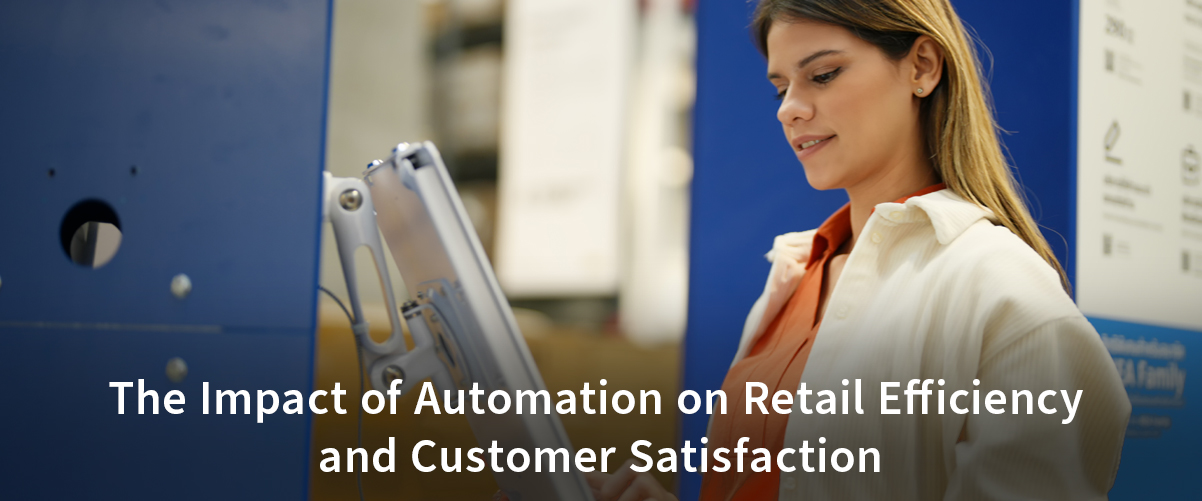
In today’s rapidly evolving digital landscape, retail marketing is undergoing a significant transformation, and at the heart of this change lies generative AI. This cutting-edge technology has quickly become a driving force, empowering retailers to create personalised, dynamic, and highly engaging customer experiences. By leveraging the ability of generative AI to produce original content, predict consumer preferences, and optimise campaigns, businesses can stay ahead in an increasingly competitive market.
This article will explore the core concept of generative AI and its groundbreaking potential in retail marketing. We’ll delve into how it is reshaping strategies, from tailoring content for specific audiences to streamlining operational processes. Additionally, we’ll highlight the advantages that generative AI offers while addressing some of the challenges it brings. Whether you’re a seasoned professional or new to the industry, this guide will provide valuable insights into the revolutionary role of generative AI in redefining the way retailers connect with their customers.
Understanding Generative AI and its Applications
Generative AI refers to a branch of artificial intelligence designed to produce original content, such as text, images, audio, and more, by identifying patterns within vast datasets. Unlike traditional AI systems that rely on pre-defined rules or outputs, generative AI employs advanced machine learning models, such as neural networks, to simulate human-like creativity and innovation. These models are typically trained on large datasets, enabling them to predict and generate new outputs based on input prompts.
The technology works by using algorithms like Generative Adversarial Networks (GANs) or transformer-based models, such as GPT, to generate content that appears highly authentic and contextually relevant. For instance, a generative AI system can create realistic product descriptions, unique promotional copy, or even design visuals tailored to specific campaigns.
In the context of retail marketing, generative AI has a wide range of applications. Retailers can use it to automate the creation of personalised marketing content, enhance product recommendations, and produce engaging email campaigns. By streamlining these processes, businesses save time and resources while delivering highly targeted experiences. Furthermore, its ability to adapt content based on consumer data allows brands to foster deeper connections with customers, making generative AI a powerful tool in modern retail marketing strategies.
Transforming Retail Marketing with Generative AI
Generative AI is driving significant changes in retail marketing, enabling businesses to connect with their audiences in innovative ways. One of its most impactful applications is the creation of personalised customer experiences. By analysing consumer data, such as browsing history or purchasing habits, generative AI can craft tailored product recommendations and targeted advertisements. For example, an online retailer could use AI-generated content to suggest products that align with a customer’s preferences, enhancing the likelihood of conversion.
Another area where generative AI is making a difference is in dynamic content creation. Retailers can automate the production of marketing materials, from customised email campaigns to social media posts, ensuring they resonate with specific audience segments. For instance, a fashion brand might use generative AI to create unique product descriptions for various demographics, reducing the need for manual input while maintaining a consistent and engaging tone.
Predictive analytics is yet another transformation brought about by generative AI. By processing large datasets, the technology can anticipate future trends and customer behaviours, helping retailers refine their strategies. For example, a business could predict which products are likely to be in high demand during a particular season, enabling more effective stock management and promotional planning.
These capabilities not only improve efficiency but also allow retailers to foster stronger relationships with their customers. As generative AI continues to evolve, its role in shaping retail marketing strategies becomes increasingly essential, helping businesses remain agile and competitive in a fast-changing environment.
Advantages and Challenges of Generative AI in Retail
Generative AI offers numerous advantages for retail marketing, transforming how businesses operate and connect with their customers. One of its primary benefits is the ability to enhance efficiency by automating time-consuming tasks. For instance, creating customised marketing materials or product descriptions can now be achieved at scale, freeing up resources for other strategic initiatives. This streamlining enables retailers to respond quickly to market demands and maintain a consistent brand presence.
Another significant advantage is personalisation. By analysing customer data, generative AI can craft tailored content, such as targeted advertisements or product recommendations, that resonate with individual preferences. This level of customisation fosters stronger customer relationships and increases the likelihood of conversions, ultimately driving revenue growth.
However, adopting generative AI in retail marketing is not without challenges. Data privacy is a key concern, as using consumer information to generate personalised experiences requires robust security measures to ensure compliance with regulations and protect customer trust. Additionally, the initial implementation costs and the need for technical expertise can pose barriers for smaller businesses or those with limited budgets. Ensuring the technology integrates smoothly into existing systems may also require careful planning.
Balancing these benefits and challenges is essential for retailers seeking to maximise the potential of generative AI while addressing associated complexities.
How ETP Unify’s AI-Powered Tools Are Transforming Retail in the Era of Generative AI?
Generative AI is redefining industries by enhancing creative workflows, streamlining processes, and boosting customer engagement. In the retail landscape, AI-powered solutions go even further, addressing operational challenges and unlocking new opportunities. ETP Unify’s AI-powered tools exemplify this innovation by delivering tailored, actionable solutions for modern retailers.
With advanced product recommendation systems, ETP Unify enables personalized shopping experiences by leveraging insights from customer purchase history and dynamic cart interactions. These recommendations, seamlessly integrated into the checkout process, enhance customer satisfaction and drive upselling opportunities. Complementing this is ETP Unify’s robust fraud detection system, which utilizes cutting-edge machine learning algorithms to identify and isolate anomalies across order attributes, safeguarding e-Commerce transactions with precision.
By combining the strengths of generative AI with specialized retail-focused tools, retailers can revolutionize operations, streamline customer journeys, and achieve unified commerce success.
The Future of Generative AI in Retail
Generative AI is reshaping retail marketing by offering powerful tools to enhance efficiency, drive personalisation, and predict consumer trends. From automating the creation of targeted content to streamlining operations, this technology enables businesses to connect with their customers in meaningful and impactful ways. By analysing vast datasets, generative AI allows retailers to tailor experiences that resonate on an individual level, fostering loyalty and increasing conversions.
However, as highlighted, challenges such as data privacy concerns, implementation costs, and the integration of AI into existing systems must be navigated carefully. Striking the right balance between innovation and responsibility is crucial for maximising its potential.
As generative AI continues to evolve, its influence on retail marketing is set to grow even further. With advancements in technology and increased accessibility, businesses of all sizes can expect to harness its capabilities, transforming how they engage with consumers and stay competitive in an ever-changing market.










